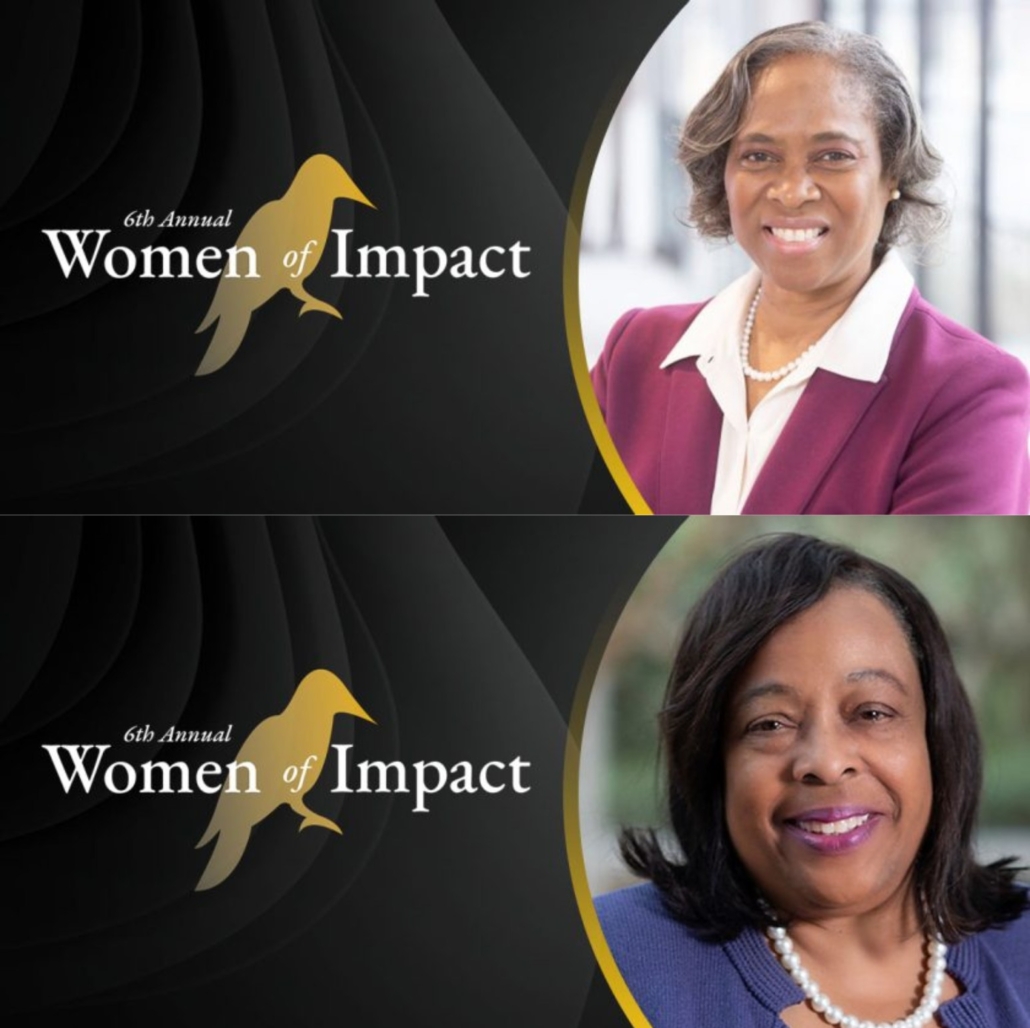https://careasy.org/nonprofit/the-arc-of-madison-county
Turn your car into cash for the cause you care about. Vehicle donations to The Arc of Madison County have the potential to bring hundreds and sometimes even thousands of dollars in support of our programs. Donating is easy, the pick-up is free, and your gift is tax-deductible. Call 877-272-2270 or donate at https://careasy.org/nonprofit/the-arc-of-madison-county and propel our mission forward today.



